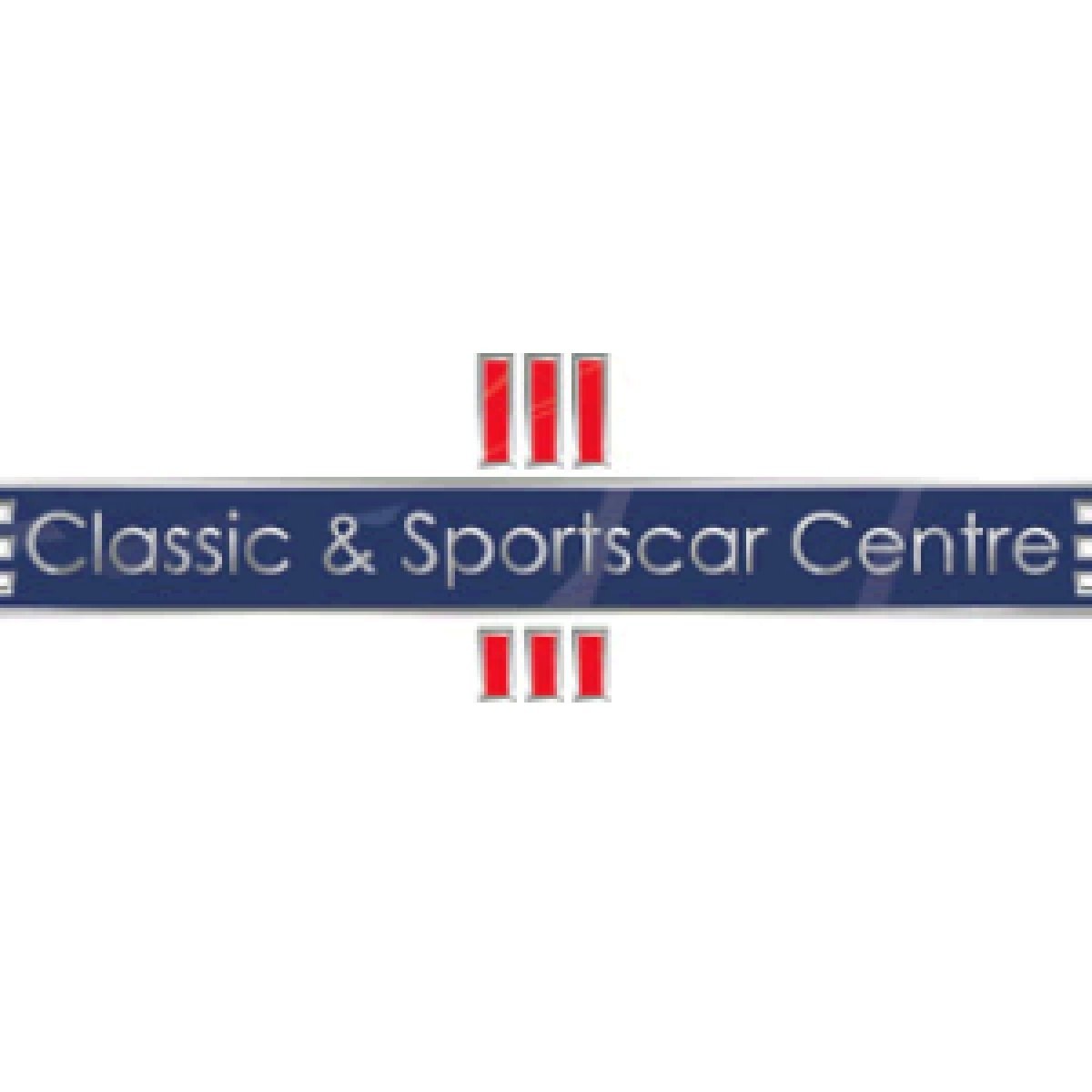Description
Since the early 1900s, Mercedes-Benz has used a rather simple system as nomenclature for its cars, with three digits representing the engine capacity under the bonnet. The Mercedes-Benz 280, for example, is a car produced by the Star with a 2. 8-litre engine. At a time when Mercedes did not yet use the division of its models into 'Classes' made it a little complex to recognise the different cars produced. From the outside, the W126 is one of the most elegant, well-proportioned and appreciated Mercedes ever produced. Designed by Bruno Sacco from Friuli, the lines of the W126 S-Class are extremely successful right from the front. This sports a rectangular grille in relief from the rest of the front with the ever-present three-pointed star at the top as a bonnet ornament, while at the sides appear two square headlights proportioned so as not to appear too large. Laterally, then, we note a very wide wheelbase, which rises 14 cm from the 2. 94 of the normal versions to the long SEL, while the passenger compartment is relatively high so as to offer the right amount of comfort to passengers. For many, it is the interior of the Mercedes-Benz 280 S and all W126 S-Classes that is the real highlight of this generation. Looking at them like this, however, one would not call them anything special. The dashboard is in fact very simple and clean, with a soft material upper fascia, a real briar strip in the centre and a minimalist centre console. But behind this clean and linear design we find perhaps the highest quality cabin ever seen on a modern car. As with the mechanics, in fact, the interior of the Mercedes-Benz 280 S and the W126 in general was built with an enormous over-engineering effort, in other words everything was conceived and built oversized for its purpose, to guarantee reliability, durability and the utmost care in every detail. As far as the engines of the Mercedes-Benz 280 S are concerned, the only engine that has remained unchanged is that of the basic 280. It is in fact a 2, 746 cm3 twin-shaft inline six-cylinder aspirated engine made entirely of aluminium alloy, including the silicon used to make the cylinder block. This conformation makes these engines extremely light and powerful, capable of holding up and delivering a great deal of torque, and also an almost proverbial reliability, so much so that not a few 280 SEs have even reached over 500, 000 km. Specifically, then, the 280 was offered in two versions: the 280 S, carburettor-powered and capable of 156 bhp and 223 Nm, or with Bosch K-Jetronic mechanical fuel injection, which raised power to 185 bhp and torque to 242 Nm. Weight is relatively low for a 5-metre car, or 1, 560 kg empty, and performance is decidedly good: 0-100 km/ h covered in 11 seconds (10 for the fuel-injected SE) and a top speed of 200 km/ h (210 for the SE). Both were available as standard with a 4-speed manual gearbox, while a 5-speed gearbox or the very reliable 4-speed automatic was available on request. Come to the Car Classic Ggarage showroom in Mondovì to admire this splendid car, which has remained in the hands of a single family for over forty years. Perfectly running and already ASI registered, you can use it immediately while enjoying its splendid performance and incomparable comfort.













